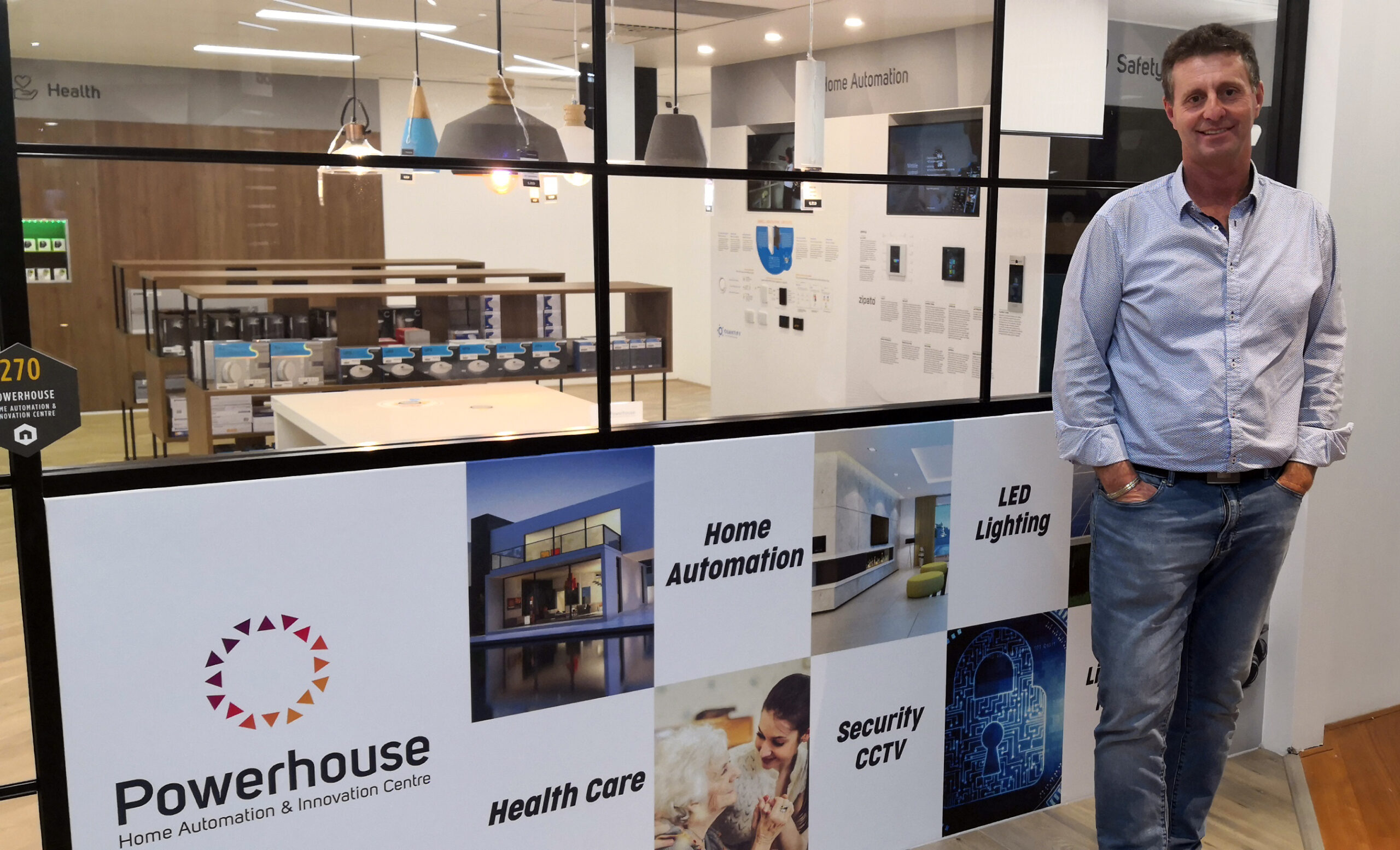Ever since The Jetsons first graced TV screens in 1962, many have dreamed of telling their house to turn off the lights.
Or getting the coffee machine to brew you a cup, from the comfort of your bed, on a winter morning.
Home automation has gradually become part of the modern building industry, whether it’s a security camera or a remote speaker.
But while attempts to create home automation started back in 1975, it wasn’t until 2005 that that it really began to come true.
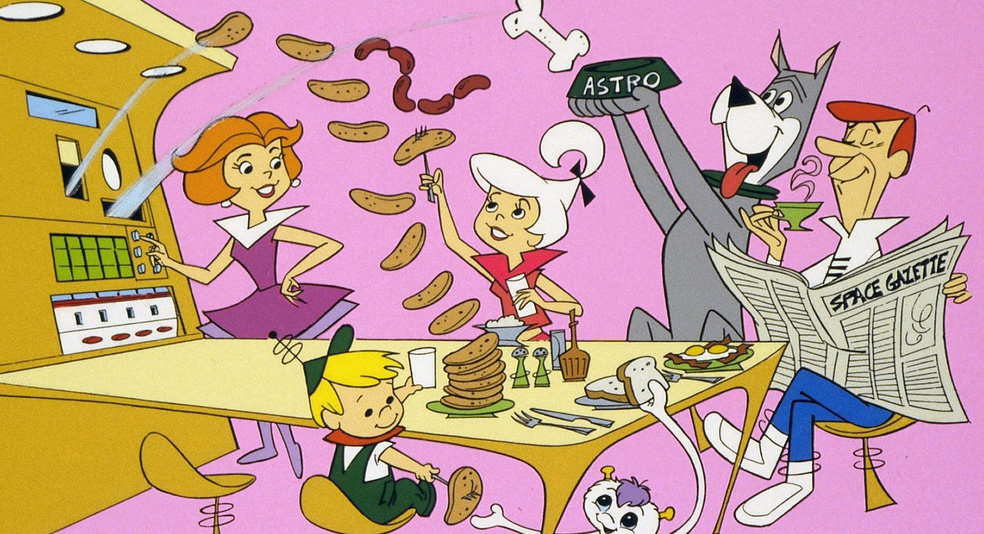
At home with automation
Tony Martelli is the General Manager of Powerhouse Home Automation Group, based in Subiaco’s Home Base Expo.
Tony and his team supply cutting-edge smart home technology for the home, and the market is only getting bigger.
“Automation has become an essential part of any new home,” Tony says.
“In the next few years, if a home is built without some form of automation, from a sales perspective, it would be very difficult to sell.”
For a while, a “smart home” meant extra wiring to every point in the house – a headache for electricians and builders.
This is now starting to change, and a WA company has come up with an alternative to the messy wiring option.
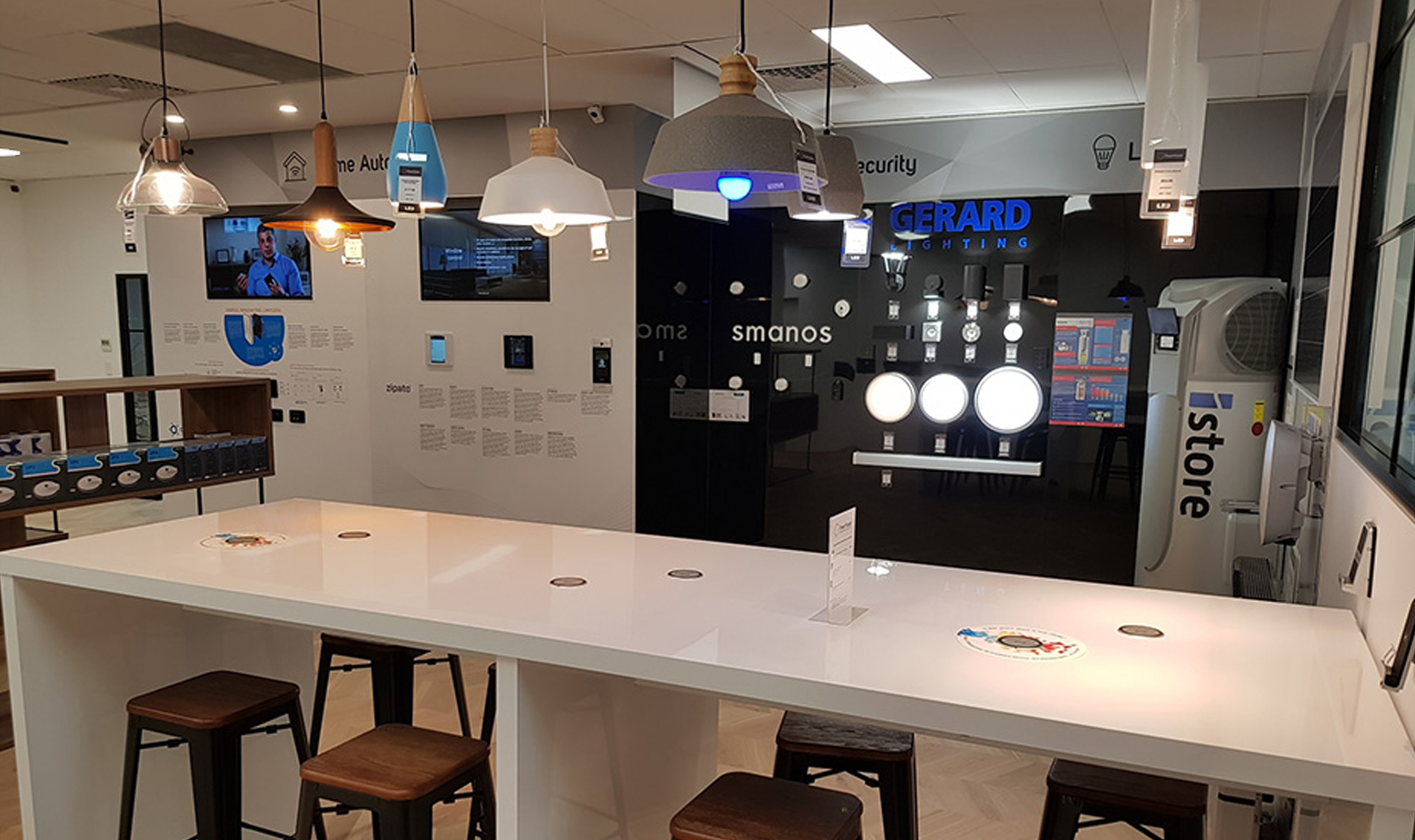
Quantifying the benefits
Quantify Technology recently launched a range of intelligent fittings for both new homes and old. From intelligent dimmer switches to remote controlled power points, they replace existing power sockets using the same standard wiring.
Inside these smart outlets is a wireless adaptor that communicates with other “qDevices” in the house. It enables you to turn on lights and sockets, track power consumption and a host of other features – all from an app.
It can even be connects with Amazon’s Alexa and Google Home so you can control it all by voice.
The qDevices are even featuring in a few TV renovation shows, and Tony believes we’ll be seeing them in most smart houses soon.
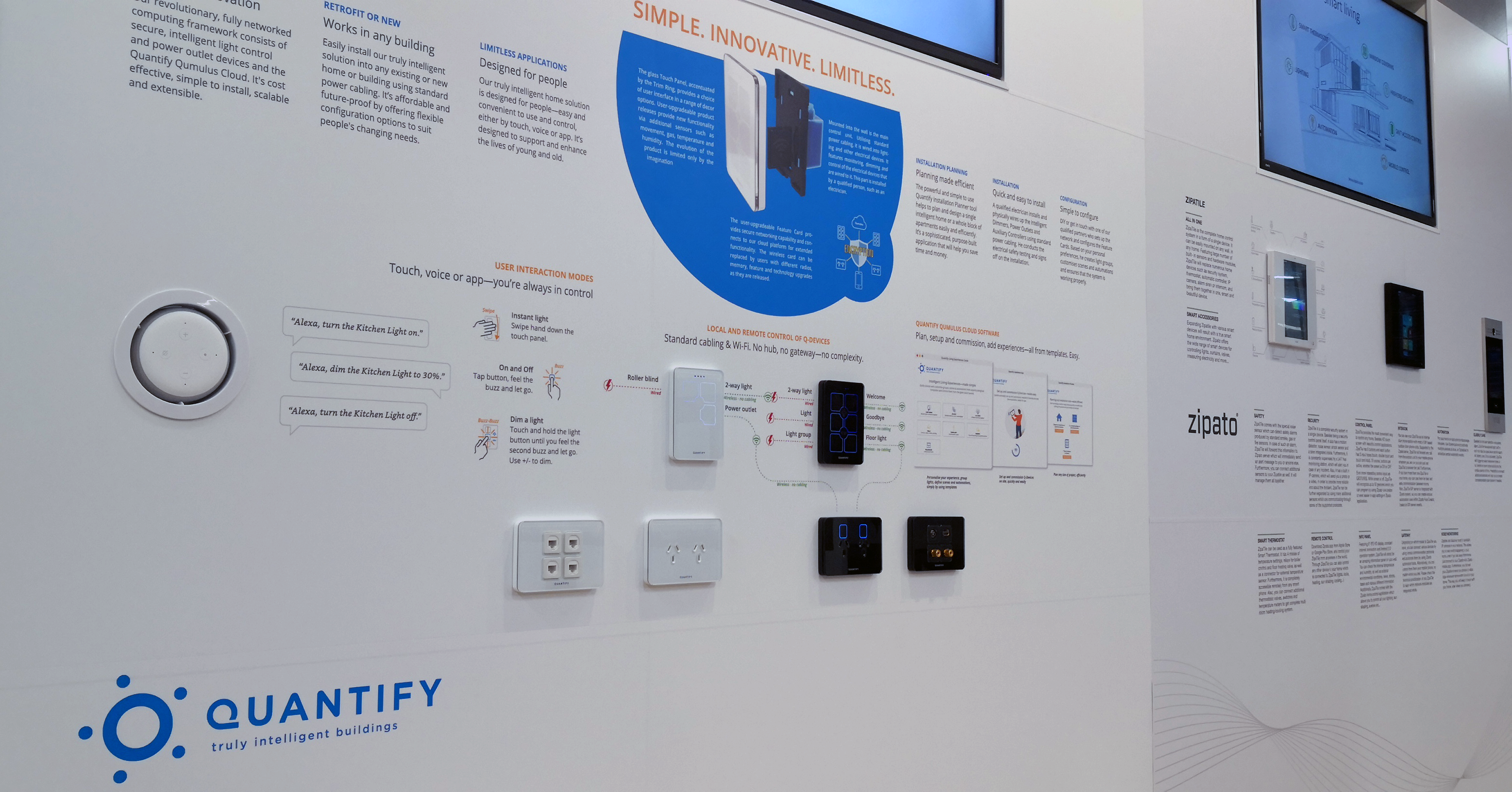
Security at home and away
But while smart lights and power sockets are becoming more commonplace (even Bunnings now sells a range of smart devices), there’s also technology helping you to look after your home too.
“The things that people are really looking for are safety and security – that’s always been the number one factor,” Tony says.
“There’s some pretty good [smart] security systems which give you control of your home for the safety of your family.”
One of these systems is by Dutch security company Smanos. Its suite of wireless sensors, cameras and alarms are easy enough to install yourself. But they’re also powerful enough to let you monitor your home from anywhere you have an internet connection.
Each part of the system, from the cameras down to the window sensors, has its own smarts. The Smart Video Doorbell is a perfect example. Say someone visits your front door while you’re out of the house. The doorbell has a built-in motion sensor and camera, which will automatically record a 15 second snapshot of whoever is there.
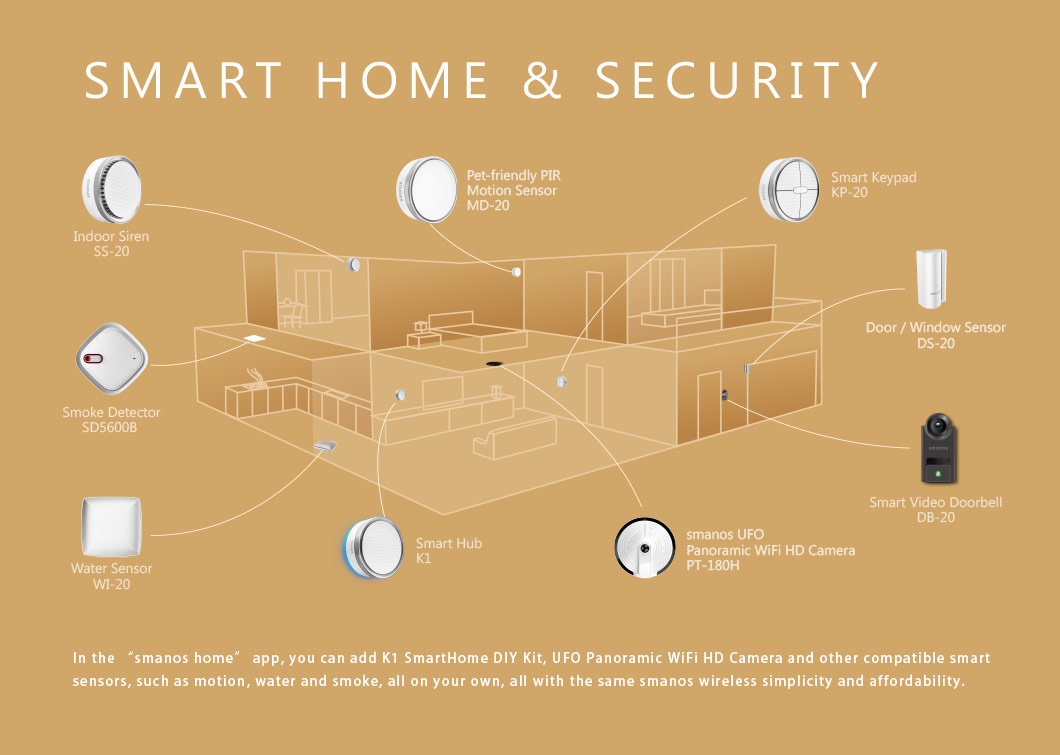
This is then sent to the app on your phone along with a notification email. If you like, you can respond to it in real time, talking through the doorbell’s speaker to the visitor. Or you can activate the house alarm to scare someone off when they’re trying to steal your eBay purchase.
On the note of alarms, you can control them remotely too. Having your neighbour’s house alarm blaring for hours on end while they are away on holiday could soon be a thing of the past.
Getting hands on
But while Tony believes smart homes are the future, he realises the technology can be seen as intimidating to begin with.
“A lot of this technology is a lot easier to use than people think, and the best way to see that is to experience it hands on,” he says
“It has the potential to really improve people’s quality of life.”
All the smart home technology mentioned above, along with many others, will be on display at Home Base Subiaco’s Inspire Weekend (29 to 30 June).



